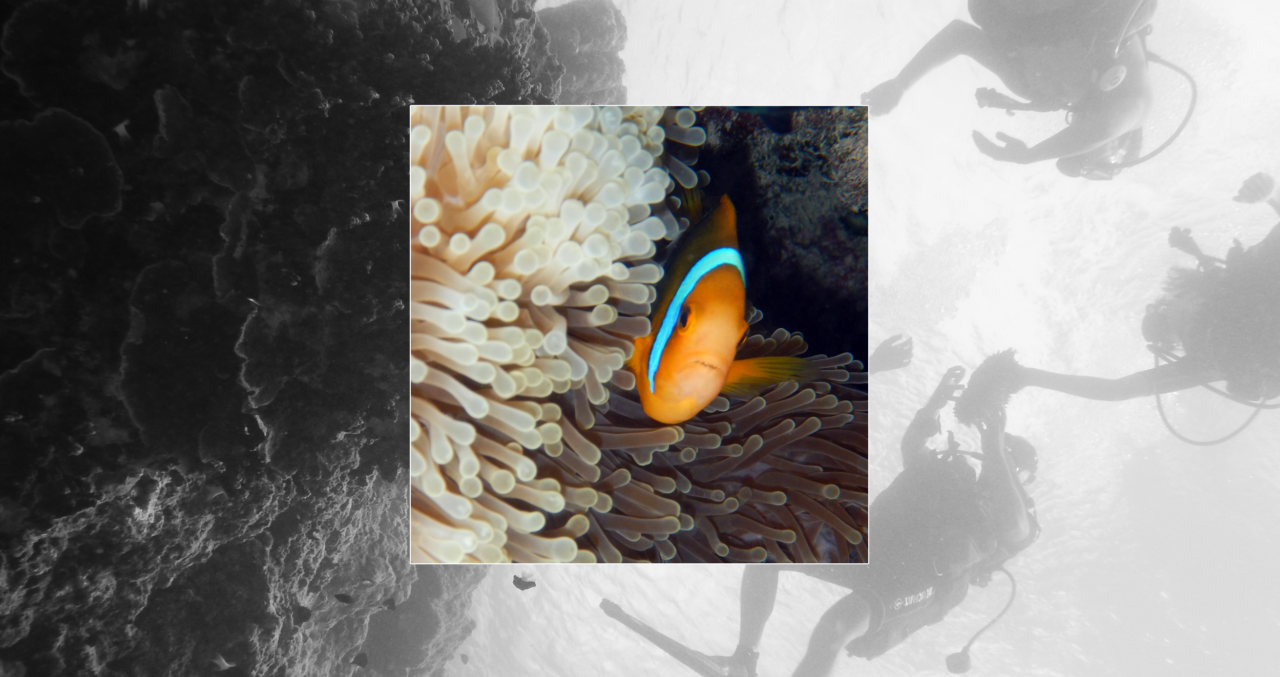Reef Systems and Climate Change

Reefs are high biodiversity and critical systems for over 100 nations. Reefs are under threat from climate change and human impact. Our research aims to understand how these systems function and what factors are important for reef resilience from events and pressures, such as bleaching, disease, and invasive species. Reefs provide essential ecosystem benefits to society, such as in supporting fisheries, ecotourism, and coastal resilience. We’re researching whether bioacoustics (using sound to monitor ecosystems) coupled with a variety of other novel technologies (e.g. photogrammetry, ROVs, AUVs) can be a viable toolkit for reef assessments. Large-scale spatial and temporal monitoring can help us create scalable solutions to assess reef statuses globally and meet international Sustainable Development Goals.
Reef research
Grouper in Bermuda
In some cases, we’re focused on specific taxa, like overfished grouper in Bermuda where some species are commercially extinct. While seasonal fishery closures have been implemented to protect them, climate change appears to be affecting spawning times, meaning they’re once again vulnerable to finishing outside of these designated periods. Here, sound is being used because traditional diver-based surveys are difficult due to the remoteness and depth of the reefs (about 100 feet deep and 10-15 miles offshore), and grouper species produce sounds during reproductive periods. This allows researchers to leave underwater recorders and capture data on when and where the fish are aggregating for spawning.
Deep Reef Fishes
We’re also studying deep reef fish biodiversity by deploying long term acoustic recorders with a minisub up to 1000’. Deep reefs from 40 to 300 meters are likely one of the most biodiverse places in the world, yet the least explored. These reefs have some of the highest abundances of commercial fishes, contain some of the oldest lineages, and are among the most impacted by human pressures, like marine pollution, due to a lack of conservation. However, since little is monitored in these depths, we’re only beginning to understand the full impact. We aim to fill these knowledge gaps, provide tools and methods that make this habitat accessible to others, and help guide conservation efforts of deep reef fishes. By combining bioacoustics with other technology like human submersibles, ROVs, spatial audio, current meters, light meters, visual surveys, and museum collections, we help paint a picture for reef resilience (in partnership with a variety of local, national, and international organizations — in this case, mainly in Curaçao).